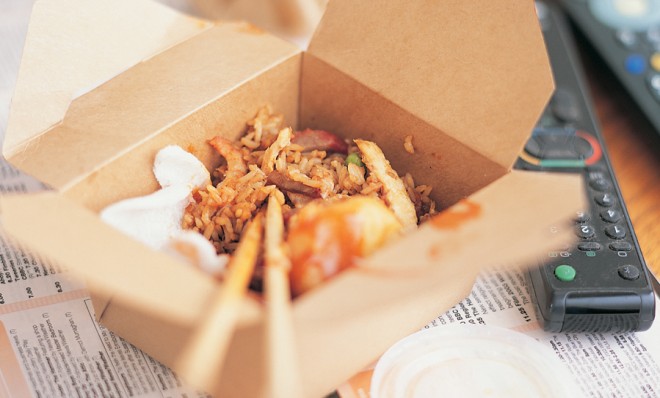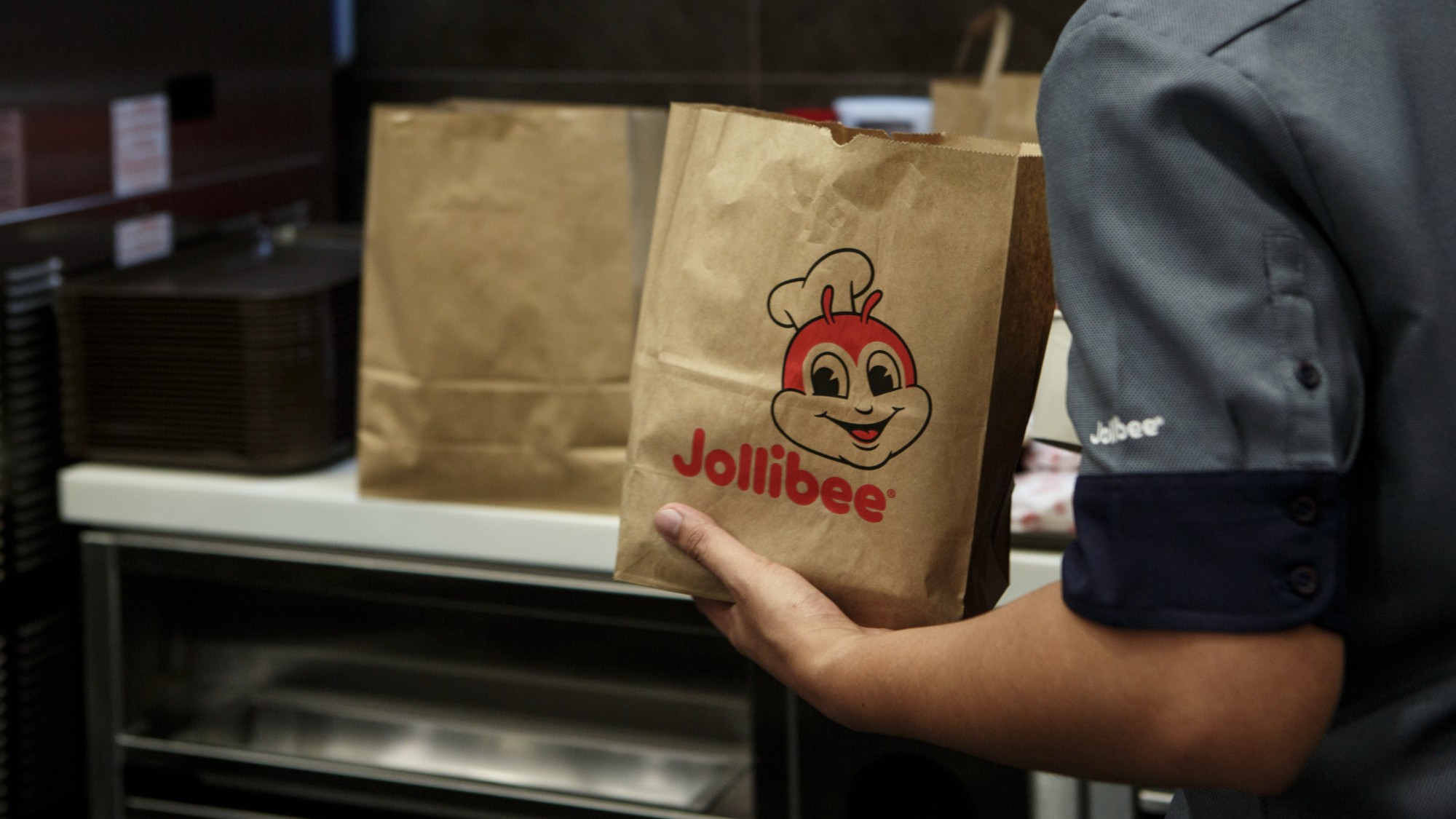Why ordering online from your favorite restaurant could be killing it
Hungry? Do your local take-out joint a solid and pick up the phone.

For hungry consumers, Seamless is a godsend. Craving some pad thai? Just click, and someone will come deliver it to you.
Some restaurants, however, aren't so enthusiastic about the service. Even if it drives more business their way, Seamless takes a 14 percent cut of each online order, reports Bloomberg, and withholds the funds from transactions for 30 days.
Considering that the profit margin for each meal served at your average take-out joint is 6 percent, the 14 percent Seamless takes can seem pretty hefty to restaurant owners.
The Week
Escape your echo chamber. Get the facts behind the news, plus analysis from multiple perspectives.

Sign up for The Week's Free Newsletters
From our morning news briefing to a weekly Good News Newsletter, get the best of The Week delivered directly to your inbox.
From our morning news briefing to a weekly Good News Newsletter, get the best of The Week delivered directly to your inbox.
It's not like they have a lot of other options. In May, Seamless merged with its biggest competitor, GrubHub, in a deal that was investigated by New York Attorney General Eric Schneiderman over antitrust concerns. But there wasn't much he could to lessen the power Seamless has over restaurants, Bloomberg's Joshua Brustein writes:
Restaurants will want to be where the most consumers are, and consumers will flock to the services that let them find the most restaurants. In addition, once a consumer has established an account, entered credit-card information, and begun feeding data that can be used to provide personalized services, the barriers to switching can quickly become hard to surmount. In this regard, the monopoly brewing for online orders of tuna and avocado rolls in Manhattan is not the kind that Schneiderman’s office will have much luck breaking up. [Bloomberg]
Similar complaints have been made against OpenTable, the website that lets you reserve tables online. In 2010, Mark Pastore of San Francisco's Incanto penned a blog post that prompted a big debate in the restaurant community.
He cited an analysis that claimed that OpenTable — which recently bought one of its main competitors, Rezbook — costs a restaurant $10.40 for every table of four booked through the service. He also talked with restaurant owners who reluctantly agreed to use it:
Another high-profile, 3.5-star San Francisco restaurateur told me he feels held hostage by OpenTable. For the past several years, his payments to them have been substantially more than he has himself earned from 80-hour workweeks at his restaurant. But he believes that if he stops offering it, his customers will revolt and many would stop coming to his restaurant. So he keeps paying, but carries a grudge and wishes for something better. [Incanto]
Of course, both Seamless and OpenTable have their supporters, especially consumers. Both companies say they drive new business to restaurants while making life convenient for existing customers. Seamless is also very profitable, generating $85 million in revenue last year.
A free daily email with the biggest news stories of the day – and the best features from TheWeek.com
Still, some restaurants would rather you pick up the phone and order.
"It's awesome if you're a customer. It's great," Pedro Muñoz, owner of Luz in Brooklyn, told Bloomberg. "But in all aspects it's killing the restaurants. It's a model that cannot be sustained."
Keith Wagstaff is a staff writer at TheWeek.com covering politics and current events. He has previously written for such publications as TIME, Details, VICE, and the Village Voice.
-
 ‘The menu’s other highlights smack of the surreal’
‘The menu’s other highlights smack of the surreal’Instant Opinion Opinion, comment and editorials of the day
-
 Education: More Americans say college isn’t worth it
Education: More Americans say college isn’t worth itfeature College is costly and job prospects are vanishing
-
 One great cookbook: ‘More Than Cake’
One great cookbook: ‘More Than Cake’the week recommends The power of pastry brought to inspired life